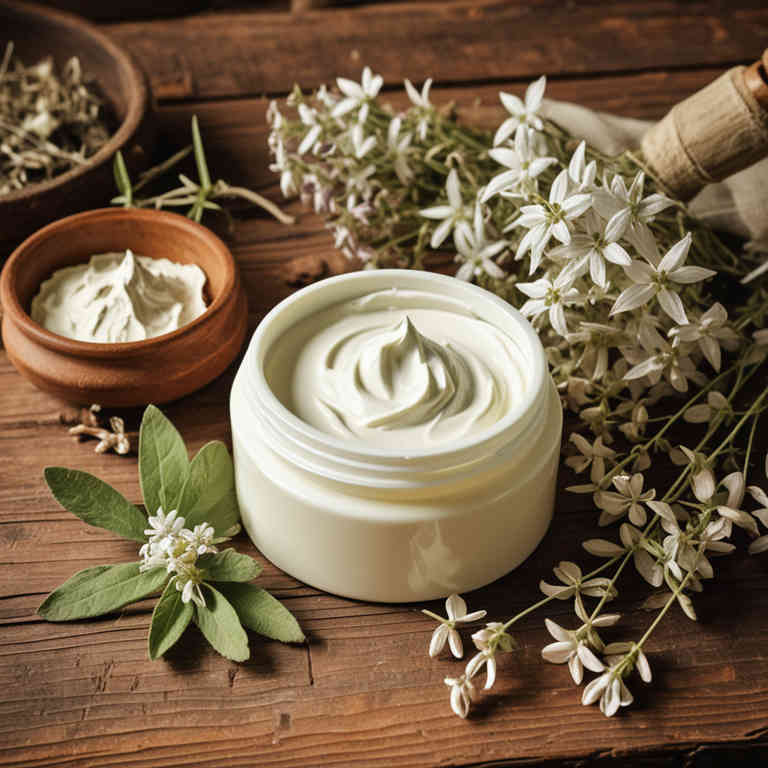Saponaria officinalis cream for medicinal use

Saponaria officinalis cream is a topical herbal preparation made from the roots and flowers of the soapwort plant.
It is traditionally used in herbalism to treat skin conditions such as eczema, psoriasis, and fungal infections due to its anti-inflammatory and antimicrobial properties. The cream may also help soothe irritated or inflamed skin. It is often applied externally as a poultice or diluted in a carrier oil for localized application.
However, it should be used with caution, as it can be toxic if ingested.
Uses
Saponaria officinalis cream has been used to treat skin conditions and promote healing for centuries.
Historically, it was valued in traditional medicine for its soothing and anti-inflammatory properties, often applied to wounds, rashes, and eczema. In modern times, the cream is still used for its mild cleansing and emollient effects, particularly in skincare products. Its saponin content gives it natural foaming properties, making it a popular ingredient in bath additives and gentle cleansers.
Today, it is also explored for its potential in dermatological treatments and as a natural alternative to synthetic skincare products.
Benefits
Saponaria officinalis cream has health benefits such as promoting skin health, reducing inflammation, and providing a soothing effect on the skin.
This cream is derived from the Saponaria officinalis plant, which contains saponins known for their cleansing and emollient properties. It can help in treating minor skin irritations, eczema, and other inflammatory skin conditions. The natural ingredients in the cream may also contribute to improving skin texture and hydration.
It is often used in traditional medicine for its calming and protective effects on the skin.
Constituents
Saponaria officinalis cream active constituents include saponins, flavonoids, and mucilage.
These compounds contribute to the cream's anti-inflammatory and skin-soothing properties. Saponins help in reducing skin irritation and may enhance the absorption of other beneficial compounds. Flavonoids provide antioxidant support, protecting the skin from oxidative stress.
Mucilage acts as a natural emollient, promoting hydration and improving skin texture.
Preparation
To make Saponaria officinalis cream, first gather fresh or dried Saponaria officinalis flowers, which are known for their mild cleansing properties.
Wash the flowers thoroughly and blend them with a small amount of water to create a pulp. Strain the mixture through a fine mesh or cheesecloth to extract the liquid, then combine it with a base of coconut oil or another carrier oil. Allow the mixture to sit for several hours to infuse, then blend with a small amount of beeswax to achieve a creamy consistency.
Finally, store the cream in a cool, dark place or refrigerate for extended use.
Side Effects
Saponaria officinalis cream may lead to skin irritation, redness, or allergic reactions in some individuals due to its saponin content.
It is often used topically for its cleansing and mild exfoliating properties. However, prolonged use can cause dryness or sensitivity, especially in those with sensitive skin. In rare cases, it may cause contact dermatitis or other inflammatory responses.
It is advisable to perform a patch test before applying it extensively to the skin.